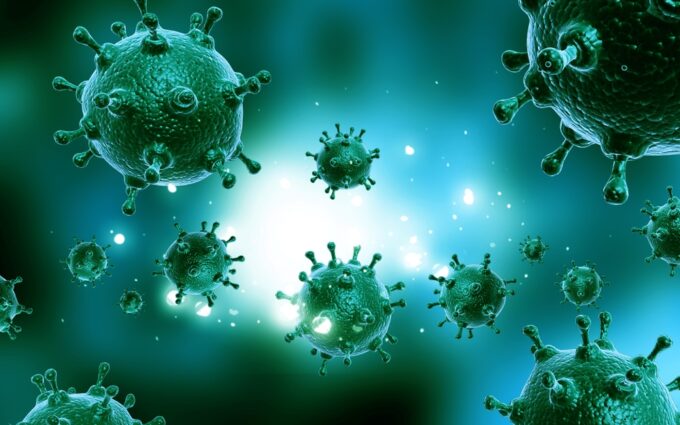Influenza A virus can soon be eliminated
Influenza A virus (IAV) causes 250,000 to 500,000 deaths worldwide each year. Forsachene have now identified the gene TDRD7 as an important regulator against the virus, which causes respiratory infections in countless people.

The influenza A virus (IAV), which is responsible for 250,000 to 500,000 deaths worldwide each year, may soon lose its scare, thanks to researchers at the Icahn School of Medicine, part of Mount Sinai Health System. The experts have identified the gene TDRD7 as a key regulator against the virus that causes respiratory infections in countless people. This could facilitate the development of novel therapeutic interventions against influenza virus infection.
Viruses use weakened gene
The researchers used so-called RNA sequencing to analyze gene expression over time in cells and tissues collected from IAV-infected humans, ferrets and mice. This revealed several important defense processes. One gene that plays a key role in immunological defense mechanisms against IAV is TDRD7. To prove this, agents that inhibit the gene were used. Promptly, IAV multiplied much faster.
The scientists conclude that the gene is an important weapon against infections, but it needs to be tightened up, according to the report. "Identifying both common and species-specific responses to influenza is essential for developing effective therapies against influenza and may also help improve research on other respiratory infections such as covid-19," said Christian Forst, assistant professor of genetics and genome sciences and microbiology.
Immune system reactions
When IAV infects its host, an immunological response begins that consists of a series of molecular processes. IAV can infect in a variety of ways, and physiological and genetic differences contribute to different host responses. Some cope loosely with the attacker, others struggle but ultimately succeed, and still others become severely ill. "Identifying key defense processes and key regulators can facilitate the development of therapies for IAV infections," says Bin Zhang, director of the Center for Transformative Disease Modeling.
Source: Press text.com









